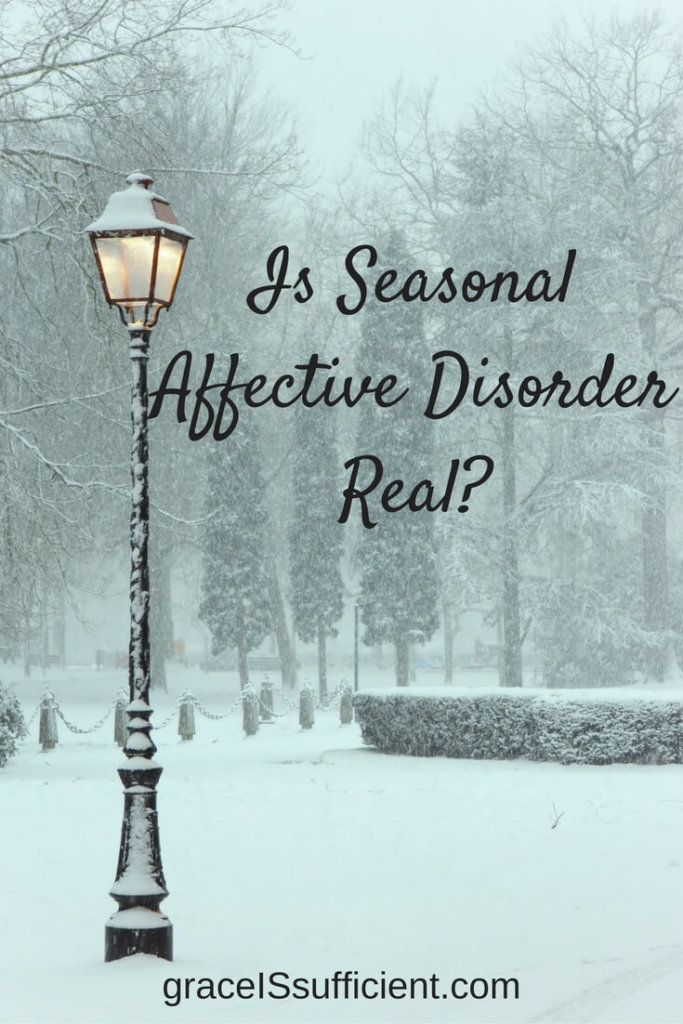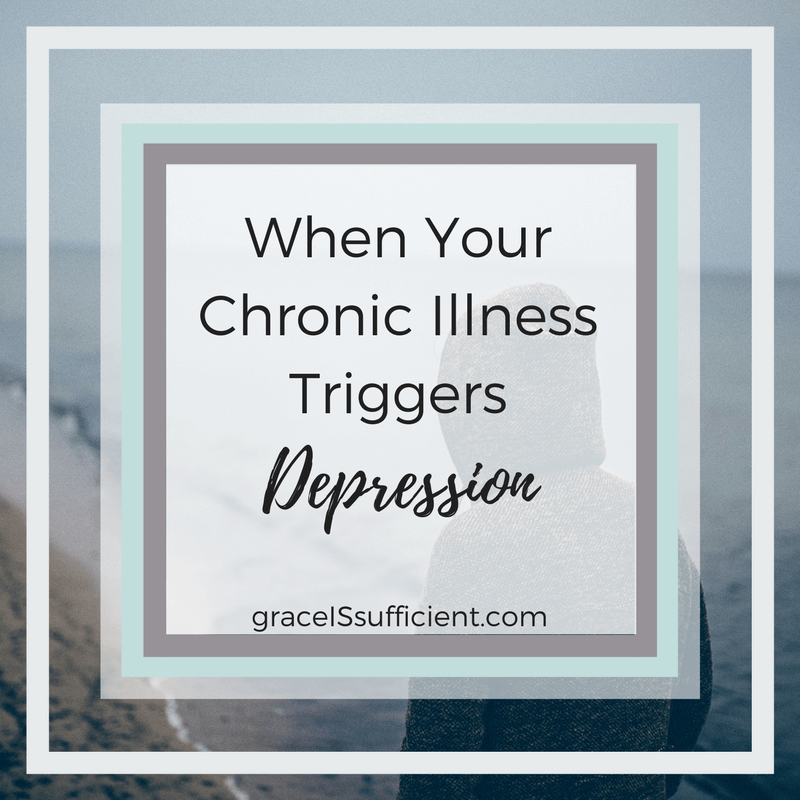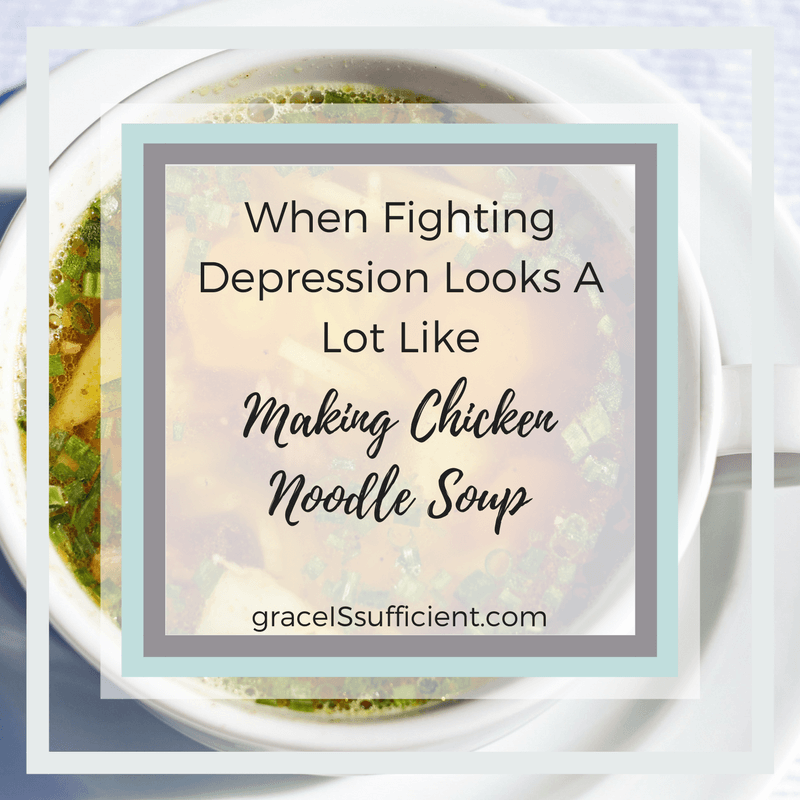It comes in and blankets your heart like the fallen snow.
You’ll feel the shadow slithering in around autumn until your heart pushes through the dark earth to find the sun once again – around the same time the daffodils are emerging through the soil of the flower beds.
What is this villain?
S.A.D. – Seasonal Affective Disorder
Is seasonal affective disorder real?
I’ve come across a number of articles and studies this year that claim S.A.D. doesn’t exist. Like this one from the Department of Psychology, Auburn University at Montgomery, AL:
Results do not support the validity of a seasonal modifier in major depression. The idea of seasonal depression may be strongly rooted in folk psychology, but it is not supported by objective data. Consideration should be given to discontinuing seasonal variation as a diagnostic modifier of major depression. ~ source http://cpx.sagepub.com/content/4/5/825
This has had me a bit angry as I experience mild symptoms and know of friends who experience even greater symptoms. What’s going on here? It took years to get to the point where S.A.D. was finally considered diagnosable and, in some cases, offered insurable treatments.
I’m personally going to continue believing S.A.D. is real, diagnosable, and treatable. After years of scientific studies to investigate and reveal the connections between the seasons and this change in mood, I’m not going to discount this disorder after a few new studies. Mental health issues are real and when so many people give personal accounts of the changing of the seasons affecting their mental well-being there has to be something to it.
So in light of my continuing belief that it’s real, here are a handful of common symptoms reported by those with S.A.D.
- Depression
- Poor concentration
- Carb cravings
- Weight gain
- Fatigue/low energy
- Feelings of apathy
- Increased sleep
- Interpersonal difficulties
- Heavy feelings in legs and arms
- Irritability
Also, I wanted to note a few more insights:
- Between 60% and 90% of individuals with S.A.D. are women.
- This illness seems to increase in people who live further from the equator. North American studies have shown 1.5% of those in Tampa, Florida report having this as opposed to 9% in New Hampshire.
- Oddly enough, in Iceland, not many people experience this. Studies show there may be a cultural element that certain areas of the world have adapted to how they live life in these darker day environments. These cultural factors include genetics, exercise, socialization, and diet.
If you feel you suffer from S.A.D. it’s time to make an appointment with your doctor.
Don’t just ignore how you feel and hope things change in the spring.
Your doctor will want to know how long this had been a problem for you. If this is the first year you’ve experienced these symptoms your doctor isn’t likely to diagnose you at this point. A diagnosis usually requires more than one symptomatic season. However, still make the appointment and go see the doctor. He can offer help through this season and it’s always good to have it noted in your medical file for reference if you suffer the same problems next year!
Some will have milder forms of seasonal mood disorders but not quite depression. This is more commonly known as “winter blues” and may respond well to light therapy (for example, Lightbox with 10,000 lux fluorescent lights or exposure to the sun) and Vitamin D supplementation.
Other forms of S.A.D. management include:
- Anti-depressants/medication
- Tryptophan
- Cognitive restructuring
- Relapse prevention
- Dawn simulator





